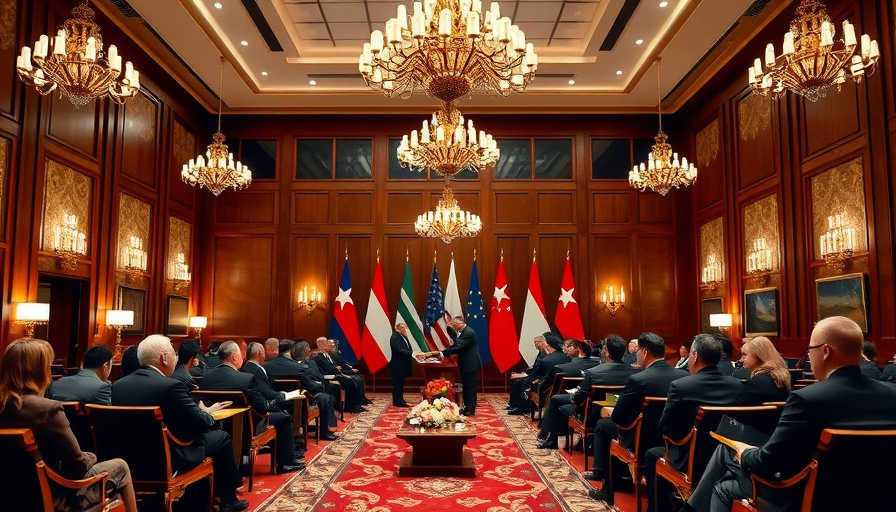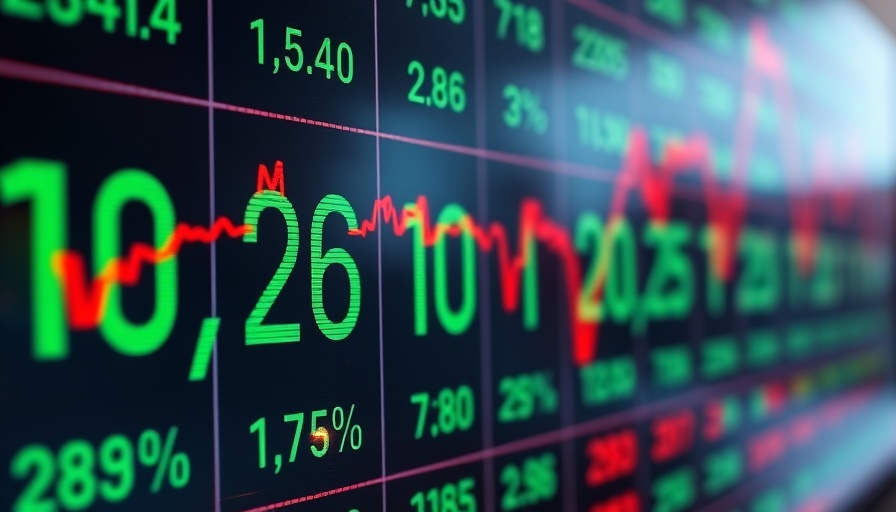
US-EU Trade Agreement: A New Era
In a move signaling a new chapter in transatlantic relations, President Donald Trump announced a trade agreement between the United States and the European Union (EU) that will introduce a 15% tariff on EU goods entering the U.S. This decision comes amid ongoing discussions about the balance of trade and the future of international economic cooperation.
Understanding the Motivation Behind Tariffs
The rationale behind these tariffs is rooted in a desire to rebalance trade between the U.S. and EU. Both sides have cited disparities in trade balances and have expressed concerns about domestic industries being undercut by foreign competition. European Commission President Ursula von der Leyen emphasized that the tariffs are designed to foster fairer competition, thereby positively impacting local economies on both sides of the Atlantic.
The Financial Impact: Investment Shifts
With the new agreement, the EU is committing $600 billion in investments in the U.S., indicating a significant shift in resources and backing. This influx of capital could enhance growth in various sectors, covering everything from renewable energy to technology. For investors, especially those focused on portfolio diversification, this presents an opportunity to analyze emerging investment strategies amidst changing economic environments.
Potential Challenges and Counterarguments
While the trade deal has its proponents, it should be noted that there are dissenting voices. Critics argue that tariffs can lead to increased consumer prices and may strain the economies of both regions in the long run. Analysts caution against viewing tariffs solely as a solution; they suggest that open dialogue and collaboration are crucial for sustainability in global trade.
What This Means for the Stock Market
The introduction of tariffs and the resultant trade agreement will likely influence stock market volatility. Investors should keep a close eye on sectors poised to benefit from increased EU investment, like technology stocks and energy firms. Staying informed about stock market trends and monitoring how companies react to the tariff will be essential for maintaining a robust investment portfolio.
Future Predictions: What Lies Ahead?
As this trade agreement unfolds, it sets a precedent for future negotiations. Experts predict that the dynamics of trade will continue to evolve, particularly as both parties reassess their economic strategies in light of these tariffs. Investors interested in trading strategies should be prepared for further changes and stay engaged with ongoing discussions about international trade and its implications.
Call to Action: Prepare Your Investment Strategies
For those looking to navigate these changes in the financial landscape, understanding the implications of the US-EU trade deal is crucial. Consider reviewing your approach to tax-efficient investing and your strategies for risk management. Keeping abreast of developments related to these tariffs and seeking to understand their potential impact on the real estate market and various sectors can provide you with opportunities for strategic investments moving forward.
 Add Row
Add Row  Add
Add 



Write A Comment